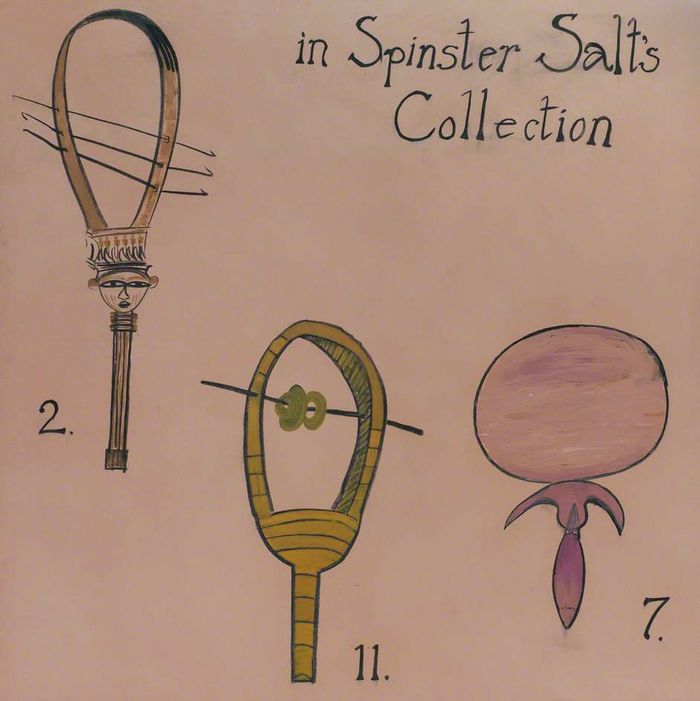Cultural contentions in Slovenia
In light of a number of prominent figures being removed from their posts in the Slovenian arts scene, Esmee Wright argues that ‘culture wars’ are more than just a phrase.
Slovenia was the first Yugoslav republic to join the European Union, and has since had left-wing governments. However, with the arrival of Prime Minister Janez Janša, it has seen a move to the centre right, with pledges to keep out migrants and, many perceive, a move against the cultural institutions of Slovenia. A number of prominent people involved in the art and cultural scene of Slovenia have been removed from their posts in the last two months, including Zdenka Badovinac of the Moderna Galerija.
“Even Bernatowicz had to joke that, in terms of conservative artists, there were ‘five in Poland and maybe one in Belarus.’ How many are there in Slovenia?”
The phrase ‘culture war’ has been overused in recent times. The UK government, in a week where we faced some of our highest loss to Covid-19 so far, has declared a ’war on woke’ because Birmingham council named their streets after positive values instead of the deceased who espoused them, and the Colston four are charged with criminal damage for the removal of a statue of a man who traded in human lives.
The constant appearance of the phrase in the media as a catchall for any interaction between those arguing for inclusion or progression and so-called traditionalists has weakened it to an evocation of near meaningless scuffles, almost boring in their predictable repetitiveness.
In Slovenia, that narrative is not so safely clichéd. When Badovinac declared that her removal was “absolutely political” the government did nothing to deny that – in fact, they leaned into the narrative, stating in a press release (in response to an open letter signed by 150 academics) that the system of appointing new directors in galleries is, in fact, “inherently political,” and that it ought to be subject to a regular transition of power. Their stance is that they are simply righting the balance: after years of left-wing governments, and thus, left-wing appointments, it was time for some right wing museum directors. Of course, they say in their response statement, they are not suggesting anything “nationalist,” despite their plans for a National Museum of Independence. Kaja Sirok, the outgoing director of the National Museum of Contemporary History, sees the dangerous tension between people who want museums “to be responsible, relevant and ethical, and places of understanding and tolerance especially of minorities” and those who want their history to remain “patriotic.” Difficult the world over, these tensions are only extenuated in Slovenia, where in living memory much that warrants preservation took place under Communist rule as well as in the fight for independence from it.
“Removing one’s internationally renowned directors because they are too left-wing is likely to leave a bad taste in the mouths of many potential visitors.”
With this in mind, the government’s claim that its personnel changes are based on the need for ‘the best on merit’ is doubtful. Badovinac was hugely successful in her position. Last year she won the Igor Zabel prize, acknowledging her as “one of the most important and rigorous locally rooted and globally connected professionals in the field of cultural production in recent decades,” and attributing her success directly to her management of the Moderna galerija. The Slovenian government have not found a replacement for her; they have advertised three times, and currently only have an interim director (the poet and tour director Robert Simonišek) despite Badovinac’s attempts to challenge her removal. What’s more, they don’t seem to be looking for the best to replace her. Rather than the previously required five years experience in a field relating to the museum’s expertise, it was simply five years experience of leadership and a familiarity with the museum’s work.
There have been comparisons made between the situations in Slovenia and Poland, which has also seen the laying off of a number of professionals deemed ‘overly progressive.’ In Poland, Piotr Bernatowicz was appointed director of the Ujazdowski Castle Center for Contemporary Art in Warsaw (CCA). He was appointed to this incredibly important position with only three years experience at a municipal gallery under his belt, which many saw as worryingly little experience. Bernatowicz claims to want to display artists who are not bowing to the ‘popular line’, which he characterized as “a left-wing, precisely neo-Marxist ideology.” His exhibition with Wojciech Korkuchas has been accused of promoting hate speech, however, and as director he has used UCC funds to buy homophobic content. Even Bernatowicz had to joke that, in terms of conservative artists, there were “five in Poland and maybe one in Belarus.” How many are there in Slovenia?
The Slovenian government argues for the necessity of injecting new blood into an old system, yet it has chosen an incendiary moment and a highly artificial method of injecting that new blood. When participating in a ‘culture war’ most people at least pretend they care about the culture, and removing one’s internationally renowned directors because they are too left-wing is likely to leave a bad taste in the mouths of many potential visitors. Perhaps people will be reassured by the words of Mitja Irsic (spokesman for the culture ministry) that “Freedom of expression is sacred.” But then again, he also said this to reassure “regular run-of-the-mill artists” that “they have nothing to complain about”, so you may wish to reserve judgement until you see what happens to someone he considers to be a good artist.
 News / Clare Hall spent over £500k opposing busway 24 December 2025
News / Clare Hall spent over £500k opposing busway 24 December 2025 Comment / The ‘class’ of Cambridge24 December 2025
Comment / The ‘class’ of Cambridge24 December 2025 News / Caius mourns its tree-mendous loss23 December 2025
News / Caius mourns its tree-mendous loss23 December 2025 News / Girton JCR publishes open letter expressing solidarity with Palestine25 December 2025
News / Girton JCR publishes open letter expressing solidarity with Palestine25 December 2025 Comment / Yes, I’m brown – but I have more important things to say22 December 2025
Comment / Yes, I’m brown – but I have more important things to say22 December 2025











